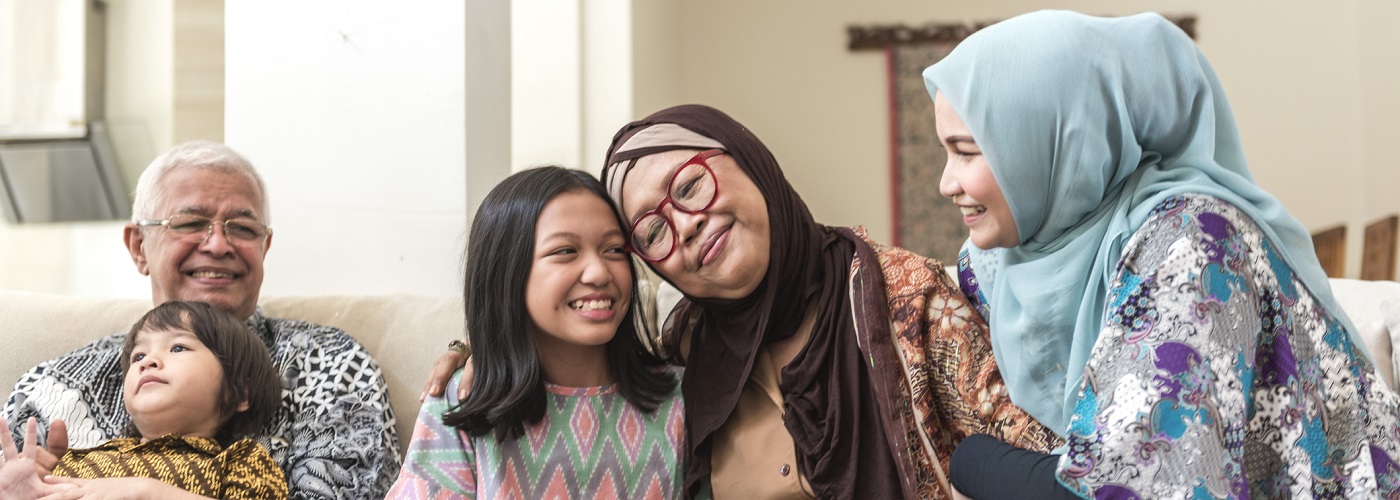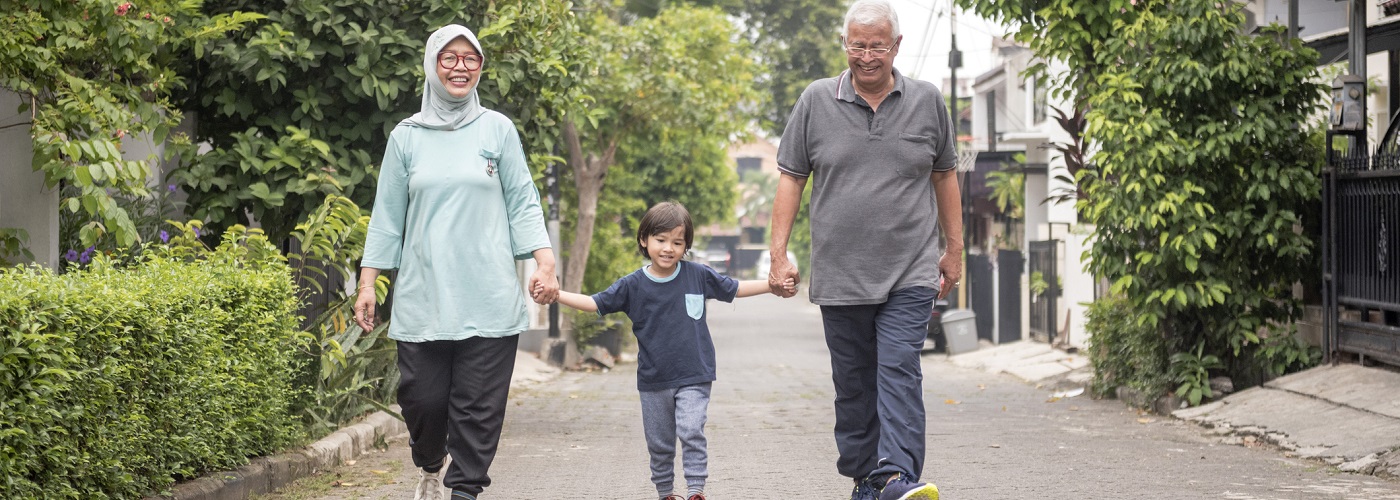
Osteoporosis is a bone conditions that can reduce your quality of life. They are both diseases that cause bones to weaken but are different medical conditions altogether. This article discusses the differences between these bone conditions.
Osteoporosis is a condition in which bone density and bone mass decrease. This results in changes in bone quality and bone structure. Ideally, our bones have a ‘honeycomb structure’ that keeps them strong. For people with osteoporosis, the spaces in the structure become larger, leading to a decrease in bone strength. This then results in bones that are easily fractured or broken.
Osteoporosis is a ‘silent’ disease that doesn’t present with symptoms in its onset. It can go undetected for years. This disease is often diagnosed only after a break or fracture happens.
However, the following are symptoms that might point to osteoporosis:
- Lower back pain
- Change in posture, such as stooping or bending forward
- Loss of height, for example, getting a few inches shorter
- Shortness of breath due to reduced lung capacity from compressed disks
The cause of osteoporosis is unclear. However, the following are risk factors that increase your chances of osteoporosis:
- Age - our bones weaken as we age
- Menopause causes a change in hormone levels which can result in faster bone loss
- Family history of osteoporosis
- Poor diet which results in a lack of nutrition
- A sedentary lifestyle that contributes to bone loss
- Certain medical conditions and medications, including:
- Overactive thyroid
- Celiac disease
- Inflammatory bowel disease (IBD)
- Blood diseases like multiple myeloma
- History of weight loss surgery
- Hormone treatments for prostate or breast cancer
- Long-term steroid use (prednisone)
A person’s sex, genetics, and ethnicity also play a role in osteoporosis. The Bone Health and Osteoporosis Foundation found that this condition occurs more frequently in women, and with a higher prevalence in white and Asian women.
The best way to diagnose osteoporosis before a fracture or break occurs is via routine screening. This is because osteoporosis does not usually present with symptoms at the onset of the disease. Routine screening for osteoporosis is recommended for women over 65. It is important to be extra vigilant if you have any of the risk factors stated above.
To diagnose osteoporosis, your doctor will most likely:
- Ask you for your medical history, including if there is a family history of osteoporosis, previous breaks and fractures, and lifestyle choices.
- Do a physical examination to check balance, gait, and muscle strength.
- Do bone mineral density testing.
The aim of osteoporosis treatments is to slow or stop bone loss and to prevent breaks or fractures. Treatments include:
- Nutritional changes to increase the intake of vitamin D, calcium, and protein.
- Lifestyle changes such as reducing alcohol intake, stopping smoking, and getting regular check-ups for the condition.
- Exercising, to increase strength. If you are seeing a therapist for osteoporosis, this will include recommended strength and resistance exercises.
- See an occupational therapist for fall prevention strategies.
- Medication and/or supplements to strengthen bones and slow further bone loss.

To reduce the risk of osteoporosis, you can:
- Eat a healthy, balanced diet
- Ensure that you have an adequate intake of calcium and vitamin D
- Include food that will boost bone health, such as fruits and vegetables in your diet
- Reduce alcohol intake
- Quit smoking
Remember that regular screening for bone diseases can save you from the heartache of having to deal with these bone conditions in the later stages.
Make an appointment with one of our doctors at Gleneagles Hospitals for an early and accurate diagnosis and an appropriate, personalised, and effective treatment plan.
Find out more about our Orthopaedic Services at your nearest Gleneagles Hospital
- Bone Health and Osteoporosis Foundation (2022) What Women Need To Know, Available at https://www.bonehealthandosteoporosis.org/preventing-fractures/general-facts/what-women-need-to-know/ [Accessed 18 Feb 2022]



